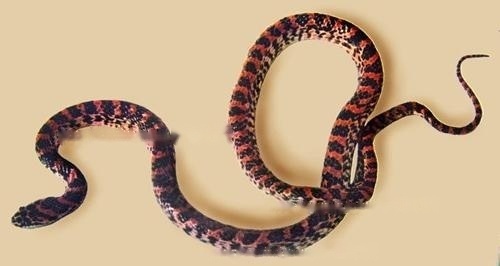Wild snakes are more susceptible to loss of appetite than pets snakes in domestic situations, and new snakes will refuse to eat because they are not adapted to the environment.

Snakes will refuse to eat for a period of time due to molting. Before molting, snakes will not be able to see the outside world and become more restless. , everything becomes normal again. Female snakes will also refuse to eat because they need to lay eggs. Hibernation is also the reason why snakes do not eat food. If the newly caught snakes do not eat for 1-2 months, it is abnormal.
Although most snakes can survive healthy without food for 2 months, if your snake is not eating, it should be checked in other ways, such as regular weighing, if you If the snake's vertebrae are too prominent, the snake is too thin; if the snake's skin loses its elasticity, it may be dehydrated.
If dehydration is severe, a lot of water or even fluids will be needed.
Temperature and light are both factors that affect the feeding of snakes. Most snakes will be full of appetite under the light conditions in autumn. For tropical snakes, 12 hours of light and 12 hours of darkness per day are more suitable. , For temperate snakes, 10 hours of light and 14 hours of darkness in winter and 14 hours of light and 10 hours of darkness in summer are more suitable.
Heating is also very important for snakes, not just measuring the temperature of the surface of the rearing box, if possible, you can place several thermometers in different corners to ensure the proper temperature.

Subscribe to Newsletter
Professional platform for pets, dogs and cats.
![[Dog Training 5] The training method of pet dog dining etiquette](/static/img/12192/12192_1.jpg)




